The disc screens is composed of several parallel arranged screen shafts, which are arranged along a specific trajectory. A certain number of specially-shaped screen plates are installed on each shaft. The screen plates rotate in the same direction at the same speed along with the shafts, forming a rolling arc-shaped screening surface. When materials flow on this surface, they can form a uniform thickness and have a certain acceleration material flow. Large particle materials are gradually conveyed forward under the push of the rotating screen plates and enter the crushing equipment; small particle materials pass through the screen holes and fall into the material collection device, thus achieving the screening purpose.
1. Compact structure, occupying less space:
It adopts a highly integrated compact design. Compared with other types of screening equipment, the disc screen only requires less than half of the screening surface area to handle the same volume of materials. Its smaller floor space not only improves the efficiency of space utilization but also enhances the flexibility of equipment layout in different application scenarios.
2. Low maintenance and low operating costs:
The disc screen has a significant advantage in structural design. Generally, the discs and rotor shafts have high durability and are less prone to damage or wear. Even if a fault occurs, usually only a single rotor shaft needs to be repaired, effectively reducing maintenance costs and extending the normal operating time of the equipment.
3. High screening efficiency:
The disc screen achieves material separation based on particle size through rotational movement. The staggered arrangement of discs forms openings, allowing fine particles to pass through while intercepting large pieces, thus achieving precise classification and continuous conveying, and enhancing the overall efficiency of the system.
4. High processing capacity:
The disc screen is designed for high-throughput operations and is suitable for industrial applications that require efficient screening and rapid processing. The innovative disc structure increases the screening area, significantly enhancing processing capacity and production efficiency.
5. Wide Application:
The disc screen can handle various materials, including damp, sticky and difficult-to-screen materials. Whether applied in waste management, resource recovery or mining, it demonstrates outstanding versatility and adaptability, meeting diverse screening requirements.
6. Self-cleaning anti-tangling function:
The rotating disc continuously stirs the material, effectively preventing the screen holes from clogging. Meanwhile, a comb plate is installed under the screen shaft, which can effectively prevent the material from tangling and achieve a self-cleaning function, thereby minimizing the downtime caused by cleaning and maintenance.
The disc screen is mainly composed of screen box, protective housing, driving device, screen shaft assembly,self-cleaning device, Wear-resistant lining plateetc etc.
Screen Shaft Assembly
The screen shaft assembly, composed of a motor, reducer, shafts, discs, and bearings, ensures stable power transmission under heavy loads. Its high-strength design resists bending and fatigue, maintaining continuous operation even if one shaft fails. Externally mounted bearings simplify maintenance and enhance reliability for mining, coal, and aggregate screening. |
.jpg) |
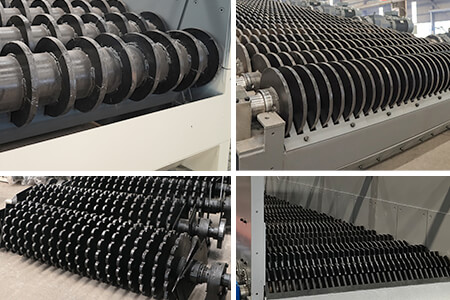 |
Screen Disc
The discs, made from wear-resistant manganese-chromium alloy steel by laser cutting or casting, ensure strength, durability, and long service life under heavy loads.
The parabolic sieve plate, with rounded edges and a small-throw-angle design, reduces resistance, enhances material agitation, and improves fine particle screening efficiency.
Its modular, customizable structure adapts to various materials and conditions, delivering high performance in coal, ore, and aggregate screening. |


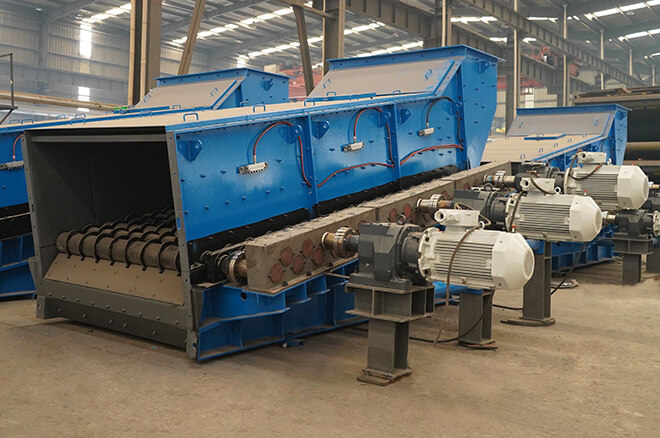
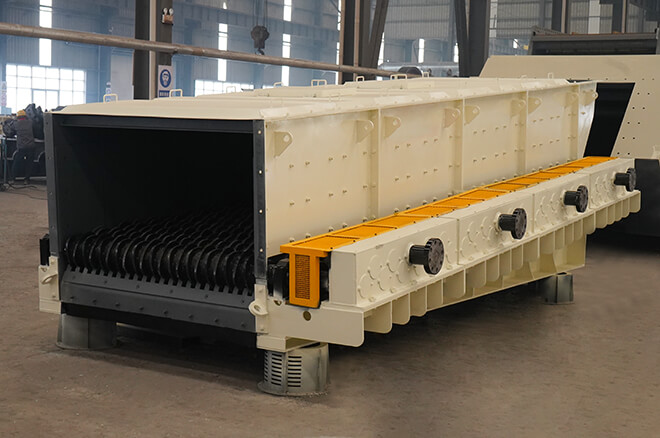
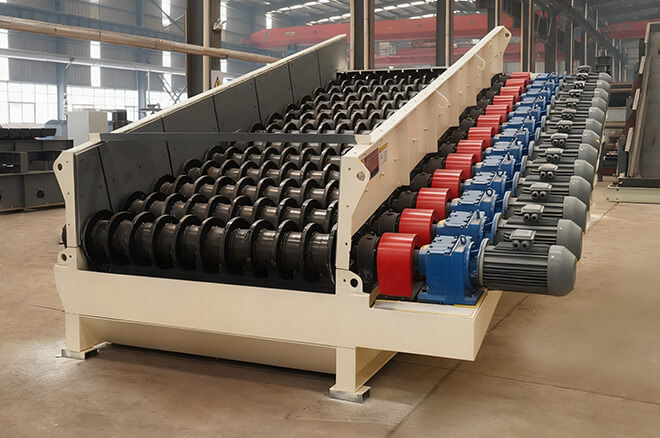
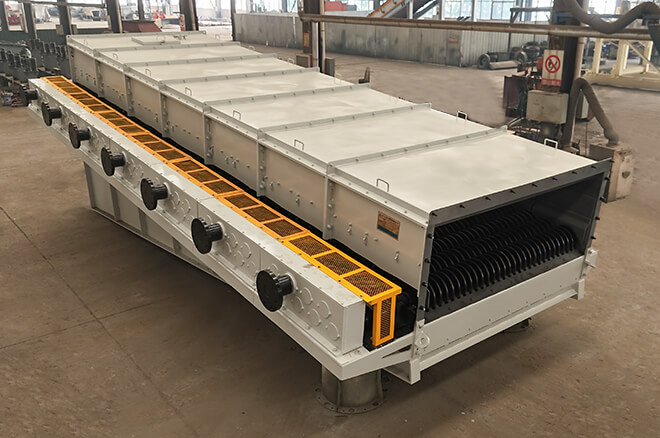
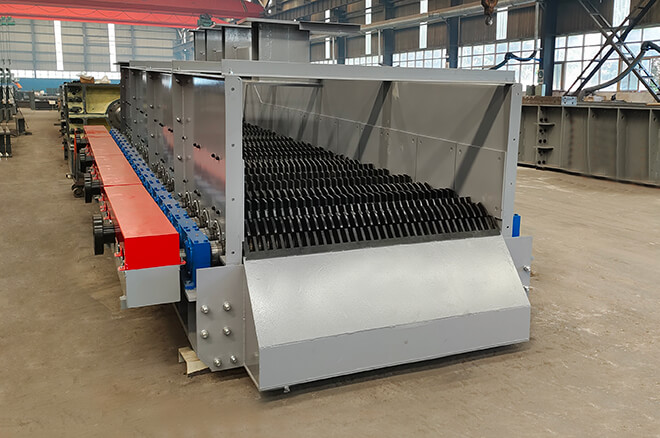

.jpg)



